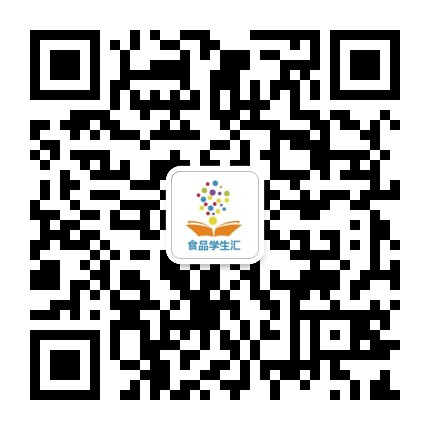新婴配国标英文版免费送!!!
给大家分享GB 10767-2021 食品安全国家标准 幼儿配方食品的部分英文版
需要GB 10765-2021,GB 10766-2021,GB 10767-2021的英文版亲亲们,添加如下任意一个客服的微信即可全部免费获取!!!
GB 10767-2021
National food safety standard
Young children formula
1 Scope
This standard applies to formulas suitable for young children of 12~36 month of age.
2 Terms and Definitions
2.1 Young children formula
It is a product produced by taking milk and milk protein products and/or soybean and their protein products as major protein sources with addition of an appropriate amount of vitamins, minerals and/or other raw materials and only through physical methods. It applies to young children and the energy and nutritional components therein can meet partial nutritional needs of normal young children.
3 Technical Requirements
3.1 Raw material requirements
3.1.1 The raw materials used in the product shall comply with corresponding safety standards and/or relevant provisions, and shall ensure the safety of young children and meet their nutritional needs. It shall not use substances harming young children’s nutrition and health.
3.1.2 The hydrogenated oils and fats shall not be used.
3.1.3 The irradiated raw materials shall not be used.
3.2 Sensory requirements
The color, taste, odor, structural state and reconstituability of young children formula shall comply with the characteristics of corresponding product and there shall be no foreign materials visible by normal eyesight.
3.3 Essential components
3.3.1 All essential components contained in the product shall be necessary for young children’s growth and development.
3.3.2 Each 100 mL of the product shall contain 250 kJ (60 kcal)~334 kJ (80 kcal) energy in the ready-to-eat state. The energy shall be calculated by multiplying the contents of proteins, fats and carbohydrates per 100 mL of the product by the energy coefficients 17 kJ/g, 37 kJ/g and 17 kJ/g (8 kJ/g for dietary fiber), respectively, and then summing them up to get value which is expressed in kilojoule per 100 milliliter (kJ/100 mL), finally dividing the sum value by 4.184 to obtain the value expressed in kilocalorie per 100 milliliter (kcal/100 mL).
3.3.3 The amounts of proteins, fats and carbohydrates contained per 100 kJ (100 kcal) of the product shall comply with the provisions of Table 1.












 鲁公网安备 37060202000128号
鲁公网安备 37060202000128号